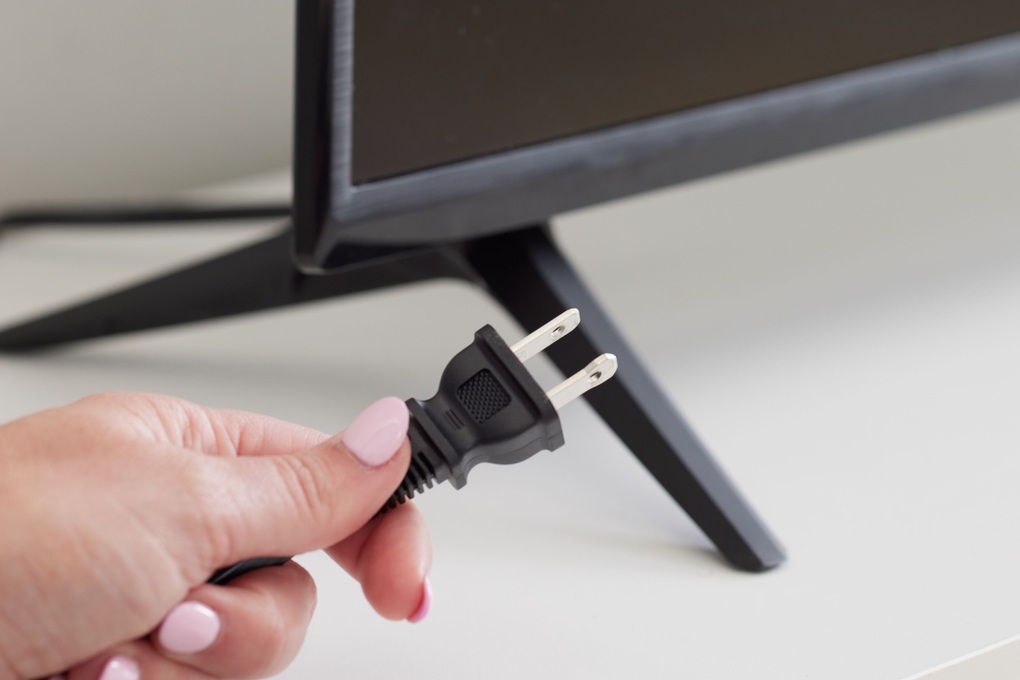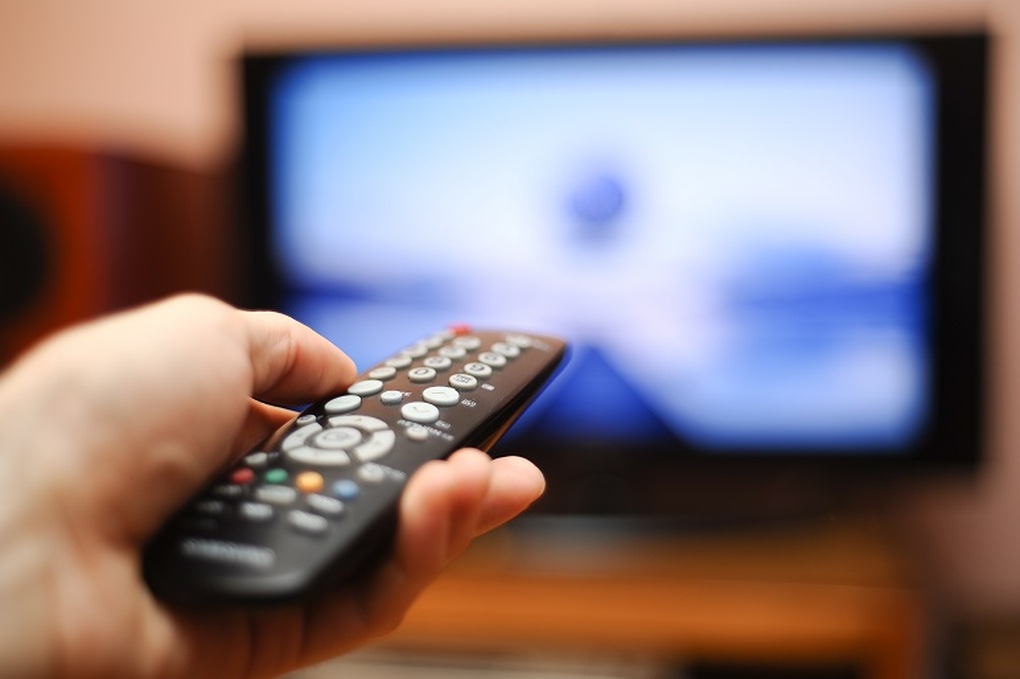Devices still consume electricity even when turned off
In fact, many people still have the habit of leaving electronic devices such as TVs, air conditioners, computers or phone chargers plugged in regularly, even when turned off or not in use.
Many people believe that this wastes electricity and increases monthly living expenses. However, according to energy experts, devices that are plugged in only consume a very small amount of electricity, mainly to maintain the operation of the control circuit.
Understanding the nature of standby power will help users avoid unnecessary worries and optimize the use of electricity in the home.

Most household appliances today only stop consuming electricity when disconnected from the outlet (Photo: Getty).
In the remote-controlled off state, most electrical devices do not actually turn off completely but go into standby mode, also known as "standby".
In this mode, the control circuits, signal sensors, real-time clocks or remote signal receivers continue to operate. This is the reason why the device can still respond quickly when the user turns it back on.
According to technical studies, power consumption in this mode usually ranges from 0.5 to 3 watts, depending on the type of device and product generation.
Specifically, a new LCD TV typically consumes only about 1 to 2 watts when in standby mode. A phone charger that is left unattended but plugged into an outlet consumes about 0.1 to 0.3 watts. Devices such as a digital TV receiver, Wi-Fi router, or printer can consume 3 to 8 watts, due to the need to maintain a connection or temporary memory.
It's also worth noting that some devices, such as printers or laptops, may consume more power in "sleep" or "idle" mode, rather than true standby. In Standby mode, power consumption may be ≤1–2 watts; while in Idle mode, power consumption may be 10–20 watts.
Laptop chargers, portable speakers, microwaves with LED screens that are always on... can consume electricity even when not in use.
Although these numbers are all very small individually, when added together, is that amount of electricity significant?
Total electricity consumption is not too large, but should not be subjective

A single device in standby mode will not consume much power. But if you add up 10 to 15 devices, the cost of consumption can account for 5 to 10 percent of your electricity bill (Photo: Getty).
An analysis based on common household appliances shows that the total standby power consumption of 10 to 15 appliances can be as high as 300 to 350 kWh per year (300 to 350 kWh).
For example, two TVs consume about 35 kWh, two digital TV receivers consume more than 80 kWh, a Wi-Fi router consumes about 70 kWh, while air conditioners, Bluetooth speakers, desktop computers, phone chargers, laptops... can contribute nearly 150 kWh each year.
With the current average household electricity price of about 2,380 VND per kWh (applied from level 3), the total electricity cost for this standby consumption is about 765,000 VND per year for a family.
However, experts say this is not the main cause of high electricity bills. According to the International Energy Agency (IEA), standby electricity typically accounts for 5 to 10 percent of total household electricity consumption.
Meanwhile, the devices that use the most electricity are still air conditioners, water heaters, washing machines, induction cookers or entertainment devices that operate regularly. Therefore, although standby electricity is real, the level of impact is not too great if users know how to control it properly.
What is the solution to save electricity reasonably?

Energy-saving certified electronic devices help limit power consumption in standby mode (Photo: Getty).
Although standby power is not the main cause of increased electricity bills, experts still recommend that users should proactively control it to avoid unnecessary waste.
First of all, it is advisable to completely turn off the power to devices that are not used regularly, such as the living room TV, Bluetooth speakers or printers. Using an outlet with a separate on/off switch is also a simple but effective solution, allowing users to completely turn off the power without having to manually unplug it.
In addition, you should prioritize buying electronic devices with energy-saving certifications such as Energy Star, which are designed to limit standby power consumption according to strict standards.
For devices that need to be on all the time, like Wi-Fi modems, night lights, or smart speakers, users can set timers or use smart plugs to automatically turn off at night.
For important devices such as network routers, NAS servers or storage devices, you should choose power-saving types and activate energy-saving modes such as “deep sleep” to limit consumption when not in use.
In situations such as long trips, thunderstorms or areas prone to lightning, users should completely unplug the power cord from the outlet, not only to save electricity but more importantly to ensure the safety of the device and prevent the risk of fire.
Source: https://dantri.com.vn/khoa-hoc/cam-dien-thiet-bi-o-che-do-cho-ca-ngay-gay-ton-dien-ra-sao-20250710102619856.htm






























![[Photo] Gia Lai provincial leaders offer flowers at Uncle Ho's Monument with the ethnic groups of the Central Highlands](https://vphoto.vietnam.vn/thumb/1200x675/vietnam/resource/IMAGE/2025/7/9/196438801da24b3cb6158d0501984818)





































































Comment (0)